
Manugressive Tooling™: A Novel Solution to Progressive Die Part Prototyping
Prototyping is a critical phase for the success of any precision metal stamped component or assembly. This is especially true
Home » Resources

Prototyping is a critical phase for the success of any precision metal stamped component or assembly. This is especially true

When shipping precious metals components, chances are you believe that you are covered by the shipper’s insurance, right? Think again!
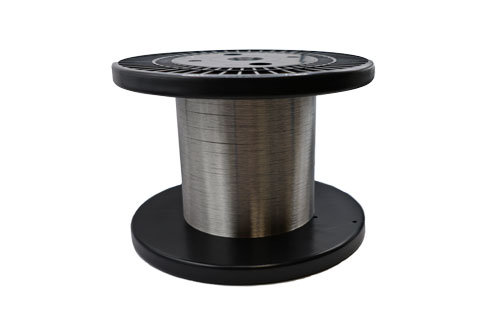
Fine wire made from precious metal alloys is used in critical applications where reliability, conductivity, dimensional accuracy and consistency are

In a typical metal part fabrication transaction, material costs are predictable and built into the quoted price for the entire

As with many mission-critical components, material selection for slip ring components directly impacts performance, reliability, and maintenance requirements. In this
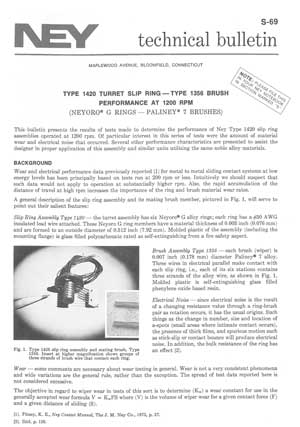
Dr. Wade A. Jensen explores the concept of temper designations and their impact on the properties of metals. Deringer-Ney, a manufacturer of precious metal alloys, uses temper designations to describe the condition of the material and its resulting microstructure and properties.

The production of high-quality precious metal alloys is a multi-phase process in which raw materials are transformed into precision-engineered alloy
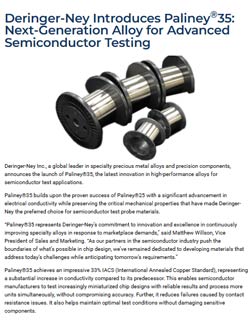
Deringer-Ney Inc., a global leader in specialty precious metal alloys and precision components, announces the launch of Paliney®35, the latest

Grant Justice | Research and Development Manager I. Introduction This guide aims to identify the key performance aspects of arcing

Automation plays a critical role for today’s manufacturers, offering many benefits such as improved productivity and quality, with faster turnaround

Deringer-Ney has developed a bimetallic strip to enable customers to thrift precious metals in electrical contact systems and utilize lower
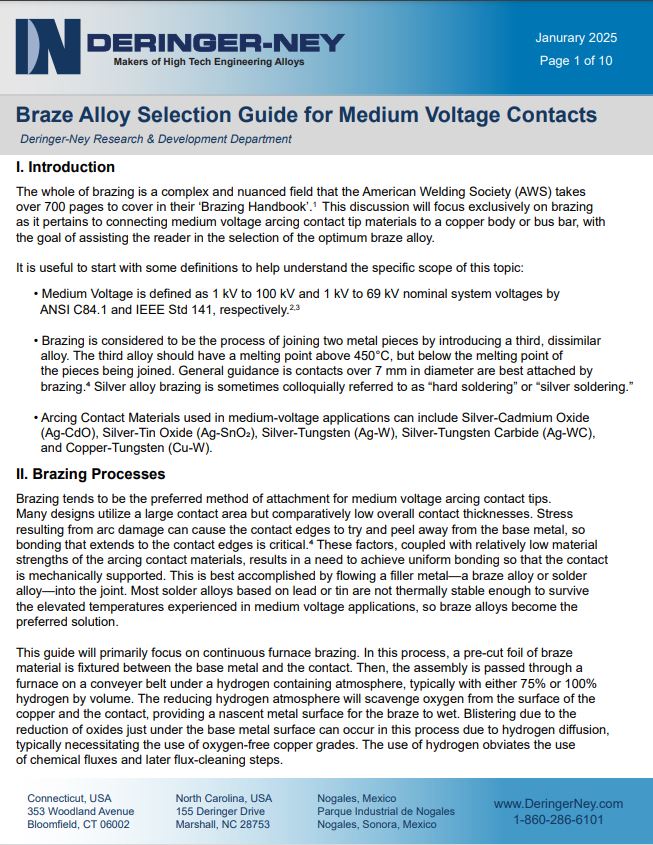
Dr. Wade A. Jensen explores the concept of temper designations and their impact on the properties of metals. Deringer-Ney, a manufacturer of precious metal alloys, uses temper designations to describe the condition of the material and its resulting microstructure and properties.
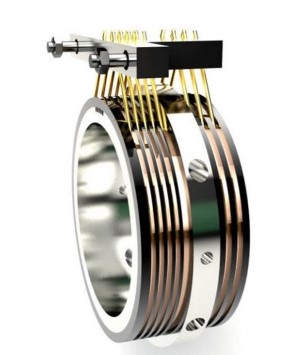
Understanding Slip Rings A slip ring assembly is a device that transfers electrical power and/or signals from a stationary structure

Did you know that semiconductor testing represents approximately 20-25% of chip manufacturing cost? To help remedy this, manufacturers are constantly

If something costs more, it’s better, right? It’s a simple rule we’ve all learned – higher price equals higher quality.
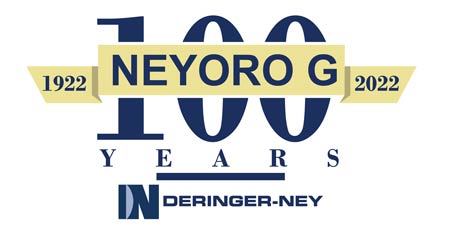
ASTM B541 is the specification that governs Deringer-Ney’s Neyoro G – a unique gold electrical contact alloy with a century-long
| Cookie | Duration | Description |
|---|---|---|
| cookielawinfo-checkbox-analytics | 11 months | This cookie is set by GDPR Cookie Consent plugin. The cookie is used to store the user consent for the cookies in the category "Analytics". |
| cookielawinfo-checkbox-functional | 11 months | The cookie is set by GDPR cookie consent to record the user consent for the cookies in the category "Functional". |
| cookielawinfo-checkbox-necessary | 11 months | This cookie is set by GDPR Cookie Consent plugin. The cookies is used to store the user consent for the cookies in the category "Necessary". |
| cookielawinfo-checkbox-others | 11 months | This cookie is set by GDPR Cookie Consent plugin. The cookie is used to store the user consent for the cookies in the category "Other. |
| cookielawinfo-checkbox-performance | 11 months | This cookie is set by GDPR Cookie Consent plugin. The cookie is used to store the user consent for the cookies in the category "Performance". |
| viewed_cookie_policy | 11 months | The cookie is set by the GDPR Cookie Consent plugin and is used to store whether or not user has consented to the use of cookies. It does not store any personal data. |